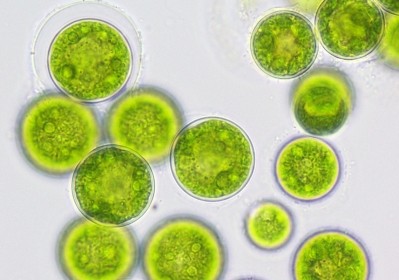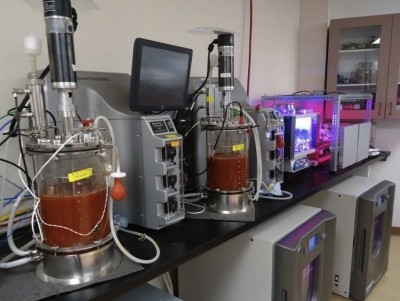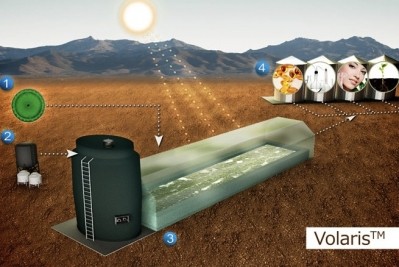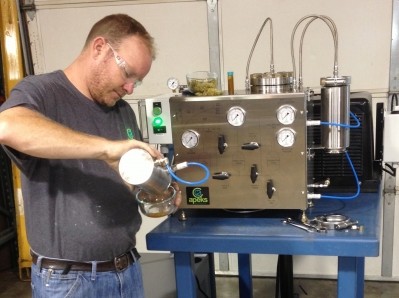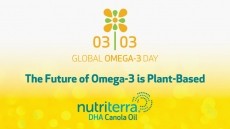Special edition: The infinite potential of algae
Algae Biosciences: What will differentiate us in algal omegas market is purity
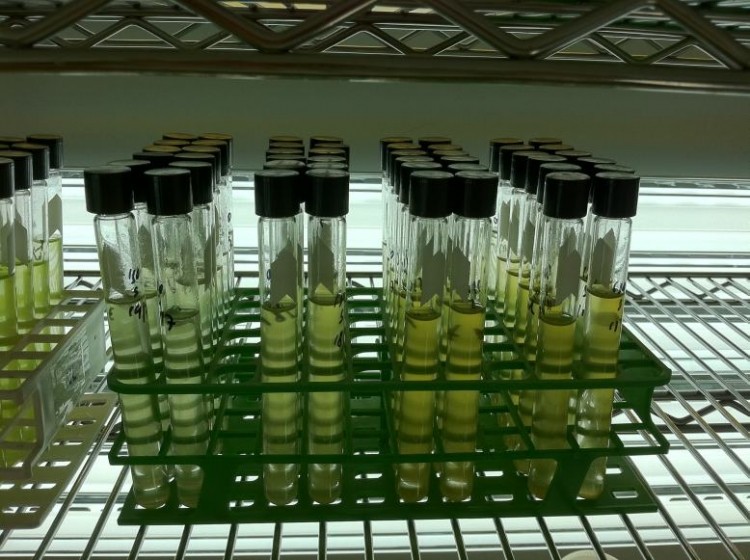
Andy Ayers is CEO of Algae Biosciences Corporation, which cultivates algae in ‘pristine’ saline groundwater from a site near Holbrook in Arizona where an underground salt dome interacts with a vast underground sea called the Coconino Aquifer, creating “near perfect” growing conditions.
Speaking to NutraIngredients-USA last week, Ayers was not able to provide detailed stats on production capacity as AlgaeBio is currently engaged in a fund-raising round.
We have a hybrid system that combines photo-bioreactors and [covered] pond technology
However, he was able to talk about where AlgaeBio fits into the burgeoning algal ingredients market, and why bosses believe they have the edge over the competition.
AlgaeBio’s first commercial product will be a novel product combining oil from algae generating 40% EPA and another strain generating 40% DHA, said Ayers, who recently struck a deal to supply the blend to Global Health Trax for a suite of supplements launching under the ‘Omega-3 Origins’ brand.
“We can grow two different strains, extract EPA and DHA separately, and then custom blend them so our first product will contain equal parts of EPA and DHA at a blended ratio of 40%.
“But we are constantly striving to improve the concentrations.”
Continuous-process growth and harvest system
AlgaeBio uses a closed-loop, continuous-process growth and harvest system, while competitors such as DSM (Martek) use a batch-process fermentation model, which requires downtime to harvest, clean, and re-inoculate, and involves higher infrastructure and operational costs, claimed Ayers.
Firms using this method also have to purchase and add carbon, sugar, and salt, he said.
“We have a hybrid system that combines photo-bioreactors and [covered] pond technology [called ‘raceways’]. The photo-bioreactors are in a continuous production mode [as opposed to a batch process] and are used as inoculants for the pond technology.”
The omega-3 oils are extracted using supercritical carbon dioxide extraction techniques (no hexane) and also include carotenoids (beta-carotene, lutein etc), phytosterols, chlorophylls, and Vitamin E, which serve as antioxidants for the omega-3s, said Ayers.
What will differentiate us is purity
Bosses can also adjust the saline content of their source water, enabling them to work with a wider variety of algae strains, claimed Ayers, who is also developing high-protein products for human nutrition markets, fishmeal and animal feed plus a range of other products.
AlgaeBio has refined a group of algae strains under exclusive license to the company that are ideal for its unique growing environment, and allow for year-round harvest, he added.
“We have multiple strains but we are initially focusing on two that we are running through the GRAS process.”
Competitors had to vie for access to enough suitable water, pay a high price for that water, and face increasingly strict regulations governing that water’s use, he claimed, whereas AlgaeBio has free, exclusive access to source water drawn from the aquifer directly beneath its plant.
“What will differentiate us is purity. Our source water is remarkably pure aquifer brine water and it doesn’t contain lead or mercury. We’ve had it tested for pcbs, arsenic, herbicides, pesticides and so on and everything is below detection levels."
If you have lead at 1ppm in the water source, the algae will concentrate it up to 1000 times
This really matters because if you have lead at 1ppm in the water source, “the algae will concentrate that lead up to a thousand times”, he said.
“The way I see it, there will be ultra-high concentrated products out there and ‘natural’ products such as ours that also contain all these fat-soluble co-products such as carotenoids and phytosterols.”
AlgaeBio uses the brine water for multiple biomass production cycles before piping it to an outdoor pond to evaporate. The remaining salt is then sold for use on roads and highways.
